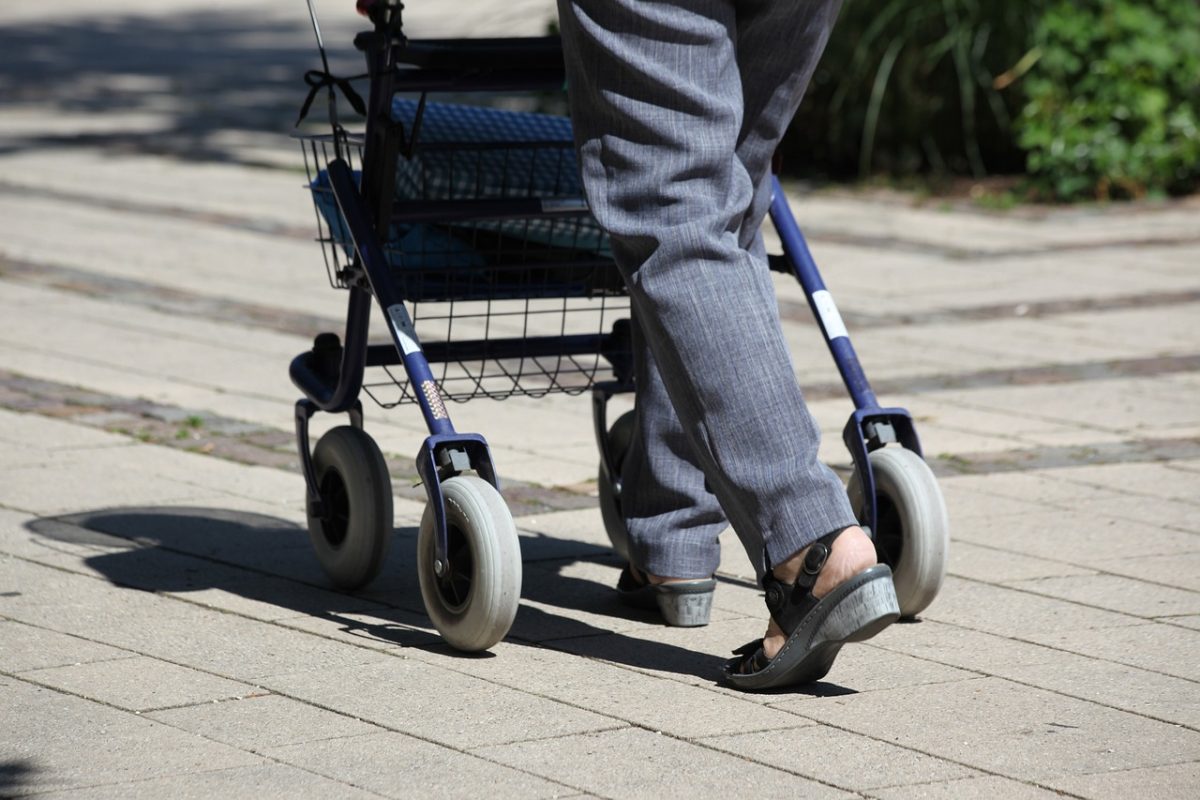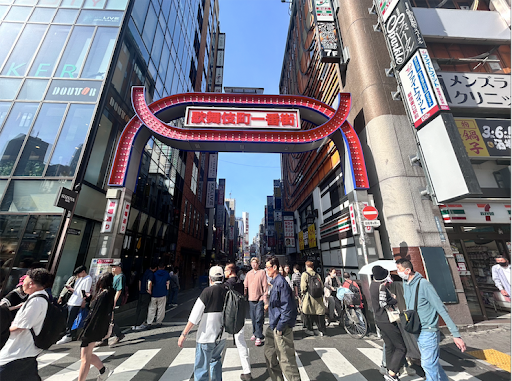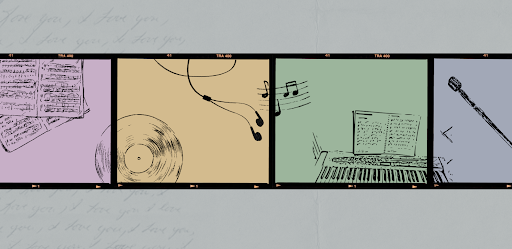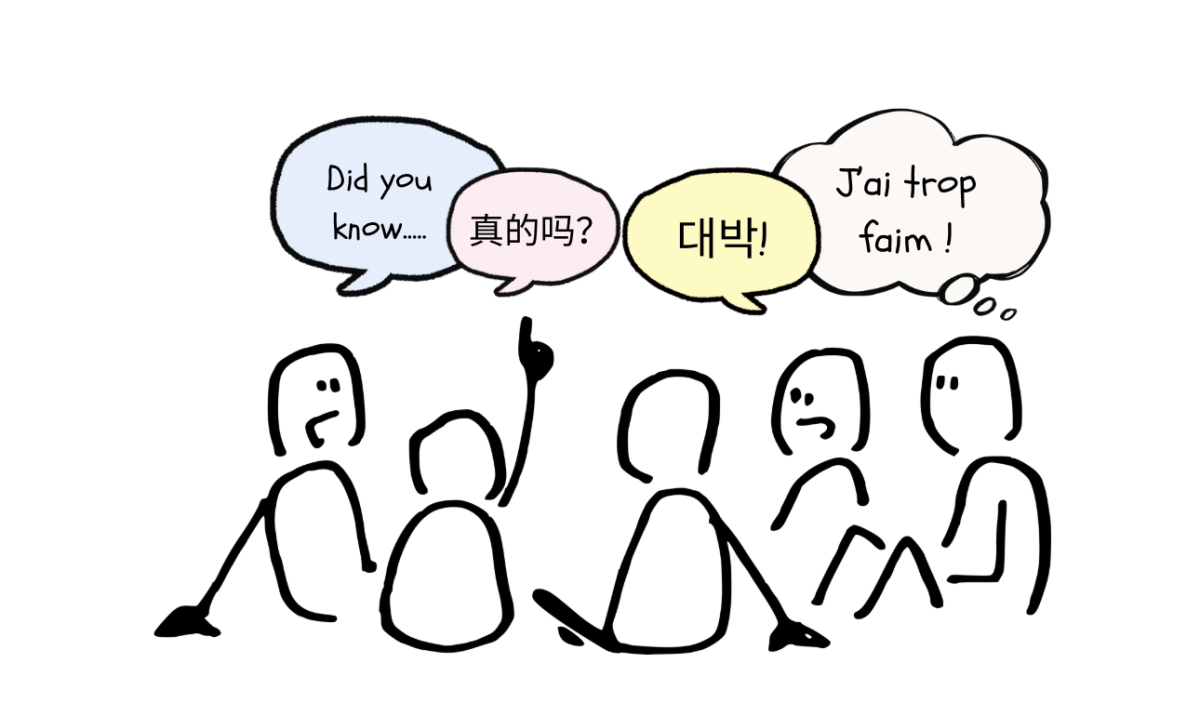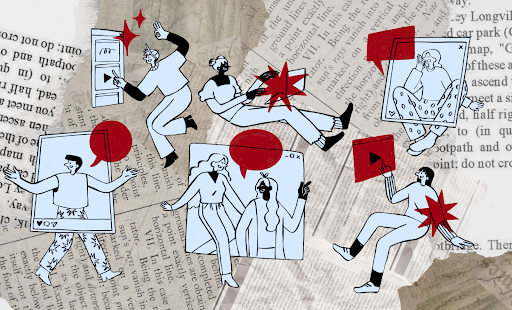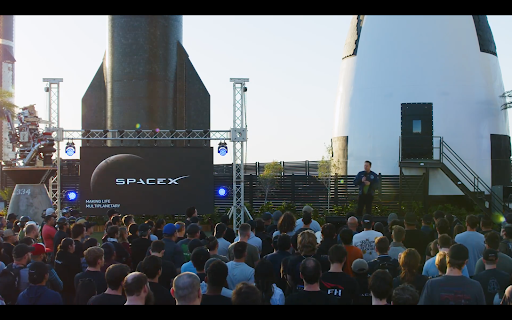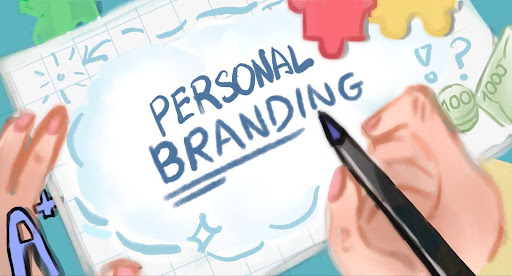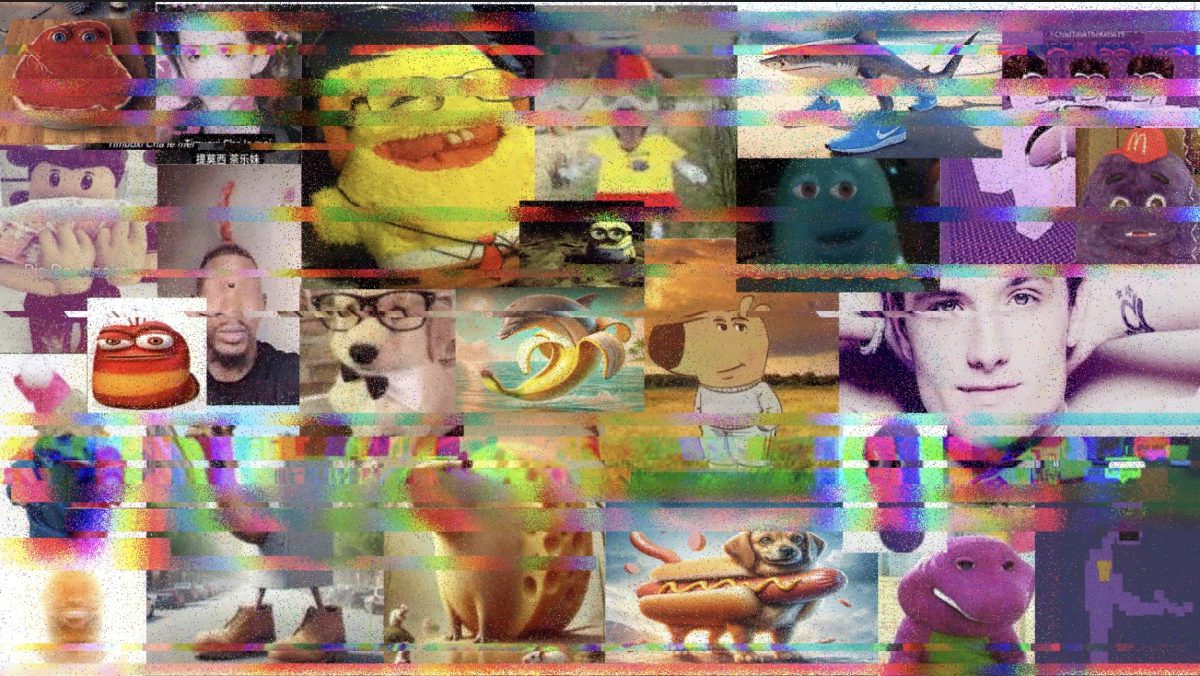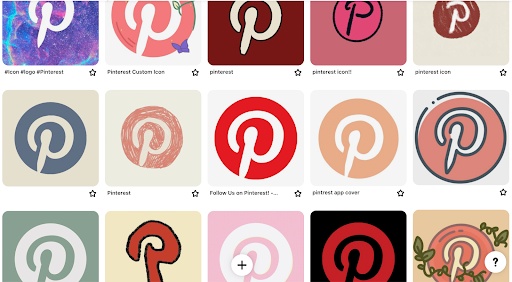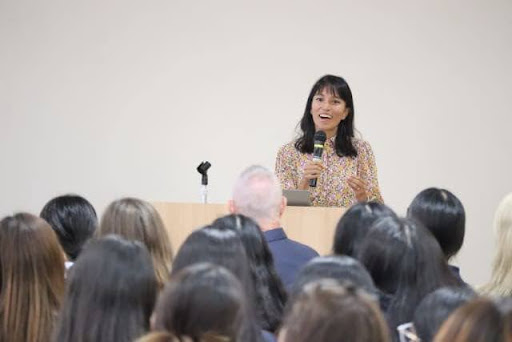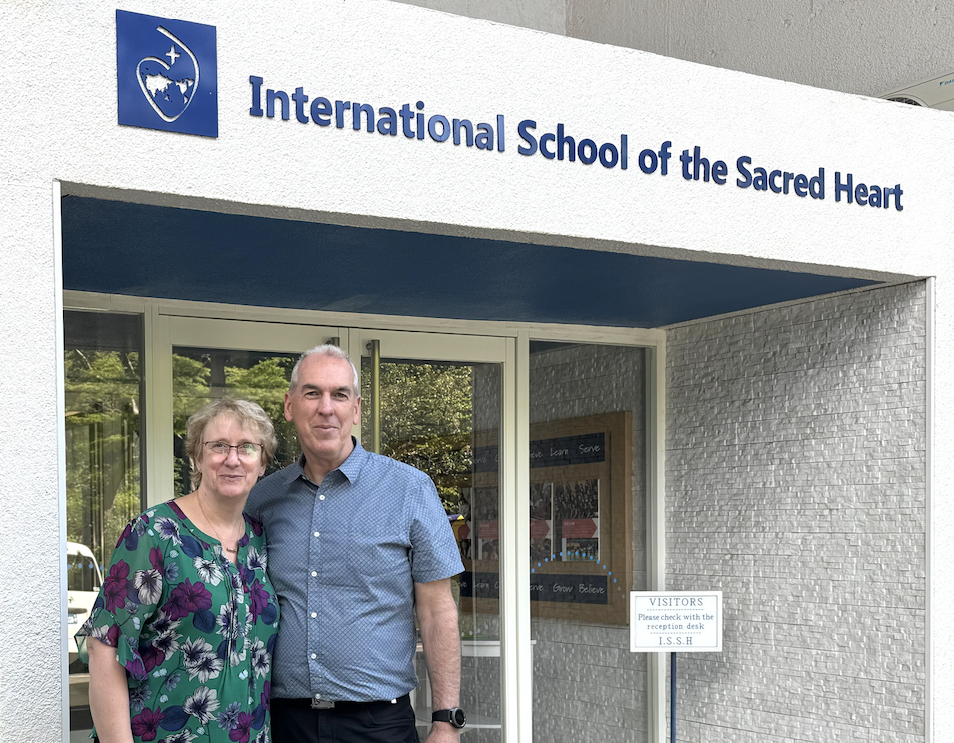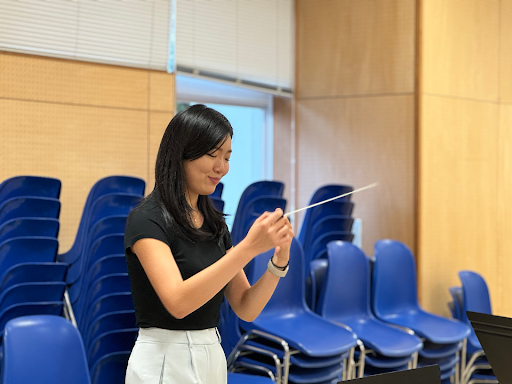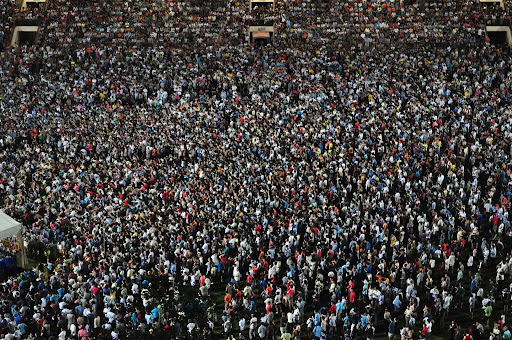We live in an age where it’s no longer shocking to see videos of thousands of people suffering. We watch global conflict unfold from behind our screens. There is an endless number of bombings, shootings, and other tragedies. The scale of the deaths is too large for us to comprehend. Over 8,000 people died on migration routes in 2023. Over 10,000 people have died in Ukraine since February 2022. Over 32,000 Palestinians have been killed since October 7, 2023. But do these numbers mean anything? How many people can really wrap their heads around such large numbers?
Our brains are optimized to recognize small quantities because those are the quantities that we regularly encounter. Studies show that both children and adults can intuitively recognize quantities less than three or four. But larger than that, people have to count. As the numbers get higher, intuitive understanding is replaced by abstract concepts of large numbers.
We can imagine the suffering of one person, but 1,000,000? Near impossible. Human compassion has a limit, and this psychological effect has consequences. Millions of people are suffering, but we can’t find it in us to care or do anything about it. Policy-makers continue to close borders to asylum-seekers, cease-fires are being vetoed, and individual donations are declining.
Psychologist Paul Slovic calls this paradoxical phenomenon “psychic numbing,” when our empathy decreases as the number of victims increases.
A 2014 study found that people were more likely to donate money to one child than two children. The likelihood of donation decreased as the number of victims increased. But why does empathy decrease when there are more people that need help?
According to Paul Slovic in an interview with Vox, it’s because “the single object is easier to visualize and to connect to. You have to attend to the person or the group of people to make an emotional connection with them. And you just can’t attend as closely to two people as to one.”
We’ve seen time and time again how people go to great lengths to help an individual person. One prominent instance of this was in 2017, when the family of a terminally-ill British infant wanted to take their baby to the US to receive an experimental treatment. This case provoked reactions from prominent figures, such as Donald Trump, Pope Francis, and some Republicans in the American Congress. Republican lawmakers sponsored legislation that sought to make the baby a US resident. Yet, these same Republican lawmakers voted for a healthcare bill that would result in millions of people losing access to healthcare.
The ability to emotionally connect with victims has a powerful effect on empathy. A 2017 study found that people were much likely to contribute to charitable organizations when they saw an example of an individual victim that they could connect to. In this study, it was a photo of young Syrian child Aylan Kurdi lying face down on a beach. People who were unmoved by shocking statistics suddenly cared much more after seeing this image, and donations to the Syrian Red Cross increased.
So how can you combat this indifference?
It’s important to not let the media shape your perspective. The constant stream of media coverage is powerful, but it makes the issue seem too large for us to do anything about it. Try to form an emotional connection by educating yourself on individual stories, and focusing on individual people. We must remember that just because an issue is bigger than one person, it doesn’t minimize the impact of helping someone. Obviously, no one can single-handedly fix a whole crisis, but any small contribution makes a difference. Think of the individuals you are helping, not the whole issue.
You can support causes you care about by donating money, volunteering, and spreading awareness. There are endless ways to do your part. It doesn’t matter how big the issue is, remember that partial solutions are better than no solutions.
As Mother Teresa put it, ““If I look at the mass I will never act. If I look at the one, I will.”

